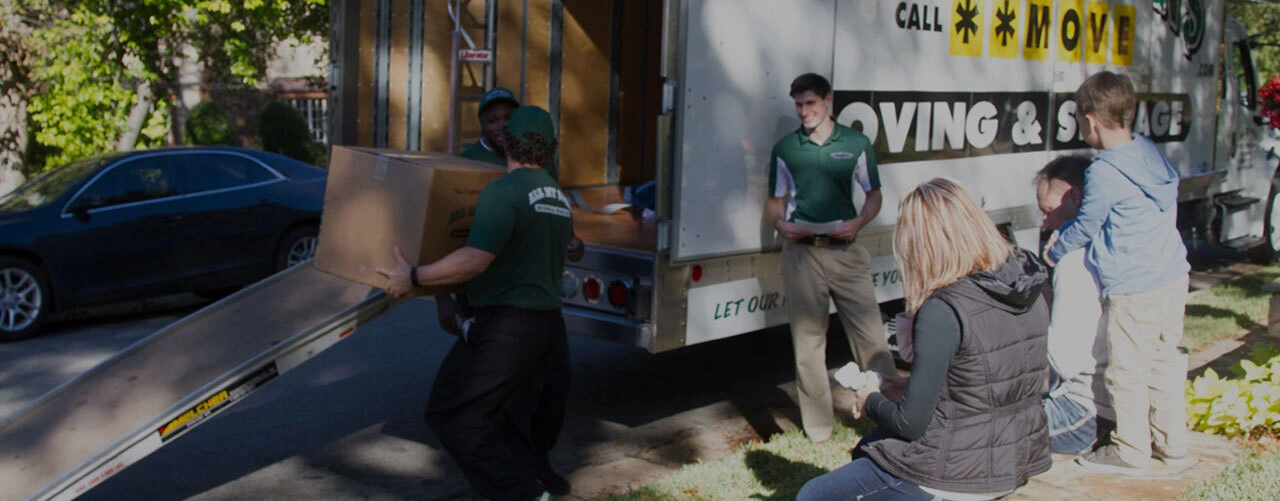How to Save for a Down Payment
Making the decision to buy a home is exciting, but then you have to save for a down payment, and that can be difficult in a recovering housing market.
According to the National Association of Realtors, the cost of buying a home has increased by 12 percent in just the past year. A conventional loan will require that you give a five percent minimum down payment; with the median price for a home at $203, 500, that five percent down payment would look like $10,175. So how can you come up with this kind of cash? Memphis moving companies have a word of advice on how to save for a down payment on a home.
1) Open a “down payment” savings account. Open a savings account that is strictly for saving up a down payment, and DO NOT TOUCH IT. To make it easier to save, come up with a set amount that will automatically be deducted from each paycheck and be deposited into your down payment savings account. After you get some money deposited into your down payment savings account, consider transferring that money into a money market savings account or a certificate of deposit (CD); earning you a better interest rate. If you do switch your money over into one of these accounts, make sure that your home-buying timeline does not interfere with the account’s early withdrawal penalties. 2) Do your research on loans. A lot of mortgage loan lenders can require a 20 percent down payment; however, Federal Housing Administration (FHA) loans may only require 3 or 5 percent as a down payment. FHA lenders are more likely to work with you in order to come up with a loan agreement that you can afford, and they are especially beneficial for anyone who has ever had poor credit history, a foreclosure, or has claimed bankruptcy. 3) Borrow money from your retirement funds. Although this is not typically a good idea, the key word here is “borrow”, you want to BE SURE that you can deposit that money back into your retirement fund. However, first-time homebuyers are allowed to withdraw up to $10,000 without penalty. If you have a 401(k) account, you can borrow up to $50,000. If you borrow from your 401(k) you must also be able to pay this back, within five years, and it will have interest added to it. 4) Budget your daily money. Monitor how much you spend and where; see if you can make cuts to any expenses that you seem to spend but do not have to. For example, if you are going to Starbuck’s every morning, start making your coffee at home. If you do the math and you spend $10 a day on breakfast or lunch, that adds up to $200 a month or $2,400 a year that you could be saving. If you are already stretching your budget as thin as possible, be realistic with your home buying goal and timeframe.

